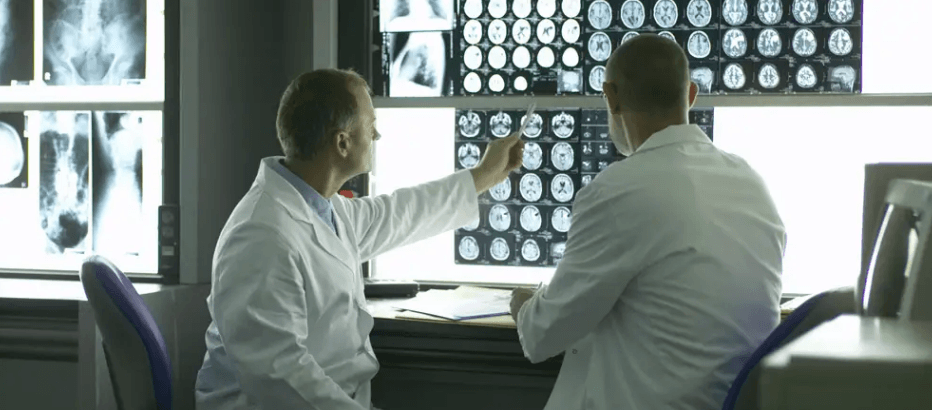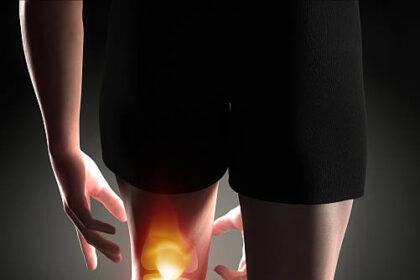The shoulder is a complex joint structure that allows for an extensive range of motion. This complexity also makes it susceptible to various injuries and conditions. Whether you experience occasional discomfort or chronic shoulder pain, understanding the underlying causes and available treatment options can help you make informed decisions about your care.
What Causes Shoulder Pain?
The shoulder consists of bones, joints, multiple ligaments, and the rotator cuff. Problems can develop in any part of this complex structure, though rotator cuff injuries are among the most common causes of shoulder pain. The rotator cuff stabilizes the joint and controls arm movement. Daily wear and tear can lead to rotator cuff tendon tears and inflammation.
Common rotator cuff conditions include:
- Rotator cuff tears
- Tendonitis
- Impingement syndrome
- Frozen shoulder
Joint and Bone Conditions
Several conditions affecting the bones and joints can cause shoulder pain. Osteoarthritis occurs when cartilage in the shoulder joint breaks down over time, leading to pain and stiffness. Fractures of the shoulder blade, upper arm bone, or collarbone may result from trauma or falls. Shoulder dislocations happen when the upper arm bone separates from the shoulder socket, often causing ongoing instability.
Soft Tissue Injuries
Soft tissue problems frequently contribute to shoulder pain. Bursitis involves inflammation of the small fluid-filled sacs that cushion the shoulder joint. Labral tears affect the ring of cartilage around the shoulder socket, often resulting from repetitive overhead motions. Biceps tendon tears can occur at the shoulder attachment point, causing pain and weakness.
What Symptoms Might Accompany Pain?
Patients may experience multiple symptoms that can help healthcare providers identify the underlying cause. Limited range of motion is common with shoulder conditions. You may find it difficult to lift your arm overhead, reach behind your back, or perform routine activities. Arm weakness often accompanies shoulder pain. This weakness may make it challenging to carry objects or perform tasks requiring arm strength.
Difficulty using your arm may significantly impact your quality of life. Pain when using your arm may worsen with specific movements or activities. The pain might be sharp, aching, or throbbing, depending on the underlying condition. Muscle spasms can occur as the body attempts to protect the injured area, leading to tension and stiffness. Joint clicking or grinding sounds may indicate cartilage damage or joint instability.
How Is It Treated?
Treatment for shoulder pain typically follows a progressive approach. It starts with conservative methods and advances to more specialized interventions when necessary. Anti-inflammatory medications help reduce pain and swelling in the affected tissues. Immobilization through slings or braces allows injured tissues to heal by limiting movement. Steroid injections can provide targeted anti-inflammatory effects directly to the affected area. Physical therapy helps restore strength, flexibility, and range of motion through guided exercises and manual techniques.
When conservative treatments prove insufficient, pain management specialists may recommend interventional procedures. Nerve blocks involve injecting medication near specific nerves to interrupt pain signals. Radiofrequency ablation uses heat energy to disrupt nerve pathways carrying pain signals, providing longer-lasting relief. Spinal cord stimulation may be explored for chronic pain conditions that do not respond to other treatments.
Refer to a Pain Specialist
If you experience persistent shoulder pain that interferes with your activities or does not respond to initial treatments, consulting with a pain management specialist can provide access to advanced treatment options. They may provide interventional procedures and ongoing management strategies to help you achieve meaningful pain relief and restored function. Early intervention often leads to better outcomes, so seeking specialized care promptly can help prevent chronic pain conditions from developing or worsening.









